Hello everyone, and welcome to the show. If you’re accessing this podcast, you’ve already listened to Rounders: A History of Baseball in America, our main show, and signed up as an exclusive email subscriber.
Thanks so much for continuing to support both of these projects.
So, let’s get the show going, starting with memorable historical moments that happened this week.
This Week’s Memorable Moments:
August 21, 1883: The Most Lopsided Game in Baseball Occurs
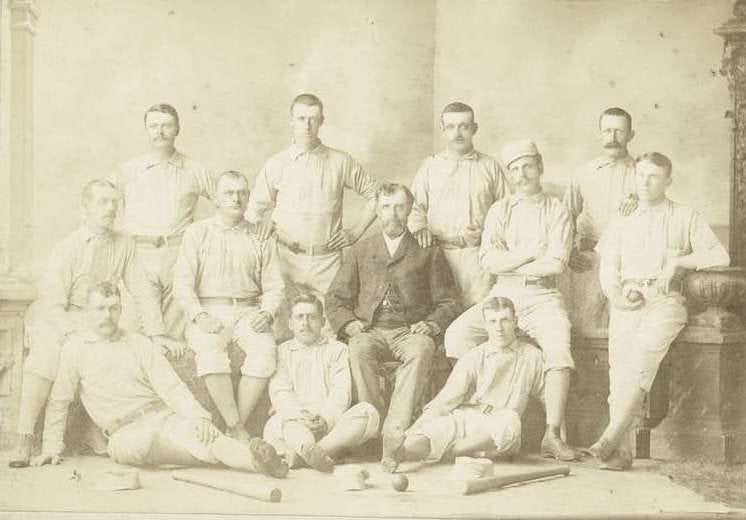
In the most decisive shutout in major league history, the Philadelphia Quakers routed the Providence Grays 28-0.
The Quakers scored 14 runs in the first inning and 14 more in the second inning to put the game out of reach early. The Grays were held to just two hits by Quakers pitcher Bill Carlisle.
The game was played at the Philadelphia Cricket Club Grounds in Philadelphia, Pennsylvania. The Quakers were in first place in the National League at the time, while the Grays were in last place. The Quakers' victory helped them to clinch the National League pennant that season.
The 28-0 score is the largest margin of victory in a Major League Baseball game since 1900. The only other game in which a team has scored 28 runs is a 28-2 victory by the Chicago White Sox over the Philadelphia Athletics on September 23, 1922.
August 22, 1933: Interleague Play Was Proposed for the First Time
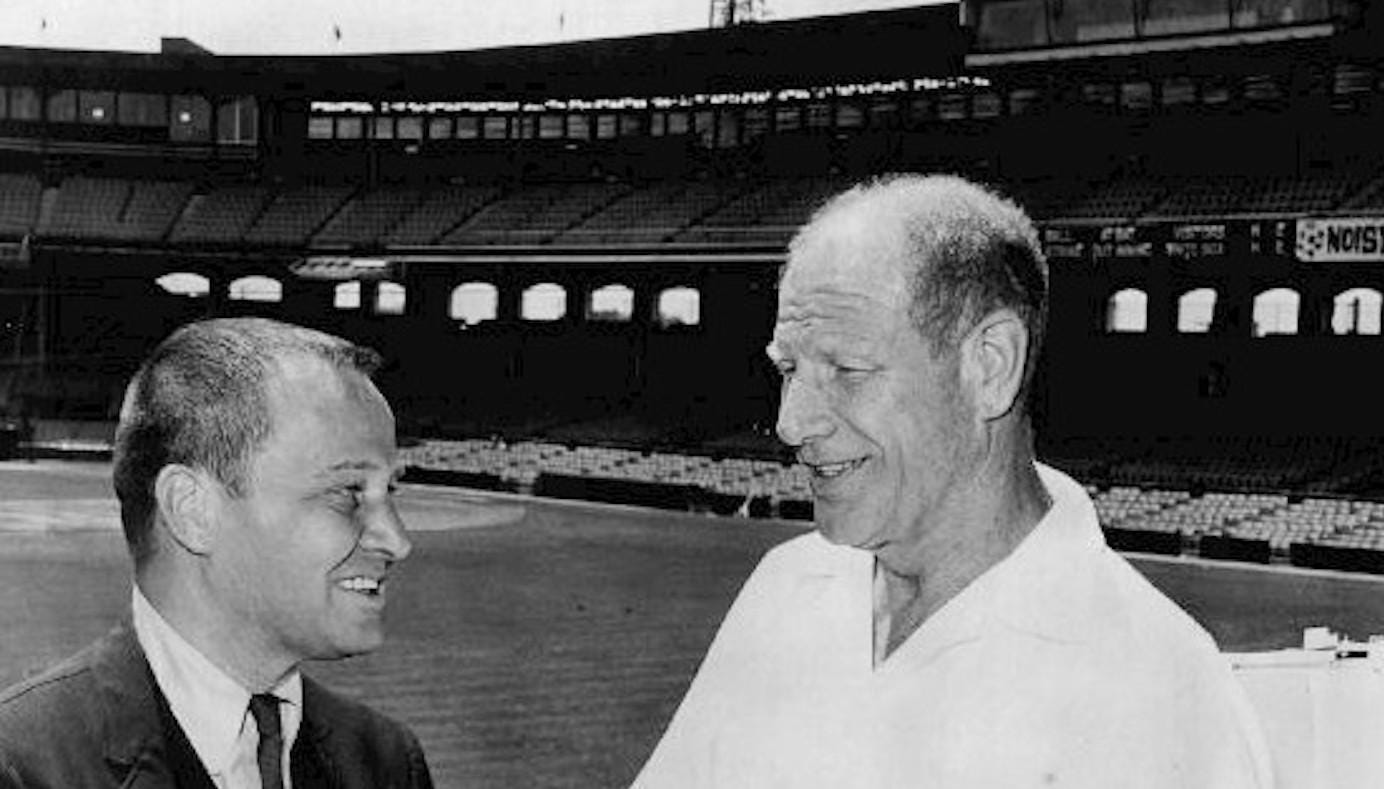
William “Bill” Veeck, president of the Chicago Cubs at the time, proposed teams from the National and American Leagues compete for the first time. His proposal included a “mid-summer classic” that would have pit teams from both leagues for a six-week stint.
It was the height of the Great Depression, and ticket sales were down. Bill was proactive about finding ways to fight the attendance slump ever the promotion genius.
The plan received some support but Veeck died later that year and his plan was shelved. The first interleague game didn’t occur until 1997.
Hop Into the Time Machine! 🗓️
In 2018, I explored the life and career of genius baseball executive and promoter Bill Veeck. Take a moment to learn more about his contributions to the sport.
August 23, 1992: Eck Records 40 Saves for the 4th Season in a Row
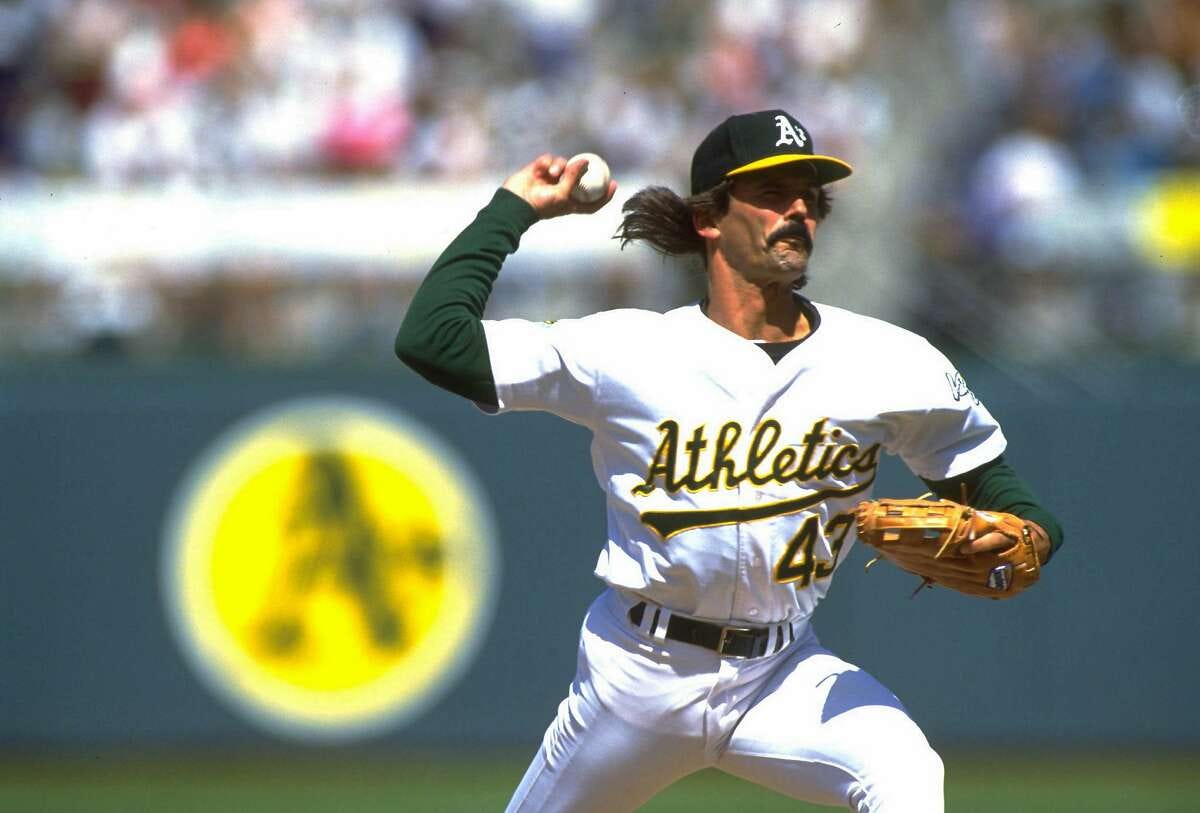
Dennis Eckersley of the Oakland Athletics recorded his 40th save of the season in a game against the Baltimore Orioles. This gave him 40 or more saves in four different seasons, a major league record.
Eckersley's 1992 season was one of his best. He recorded a total of 52 saves that year, setting a single-season record at the time.
His long list of achievements as a pitcher earned him a place in the Hall of Fame in 2004.
August 24, 1919: A Pitcher Was Struck by Lightning During His Professional Debut
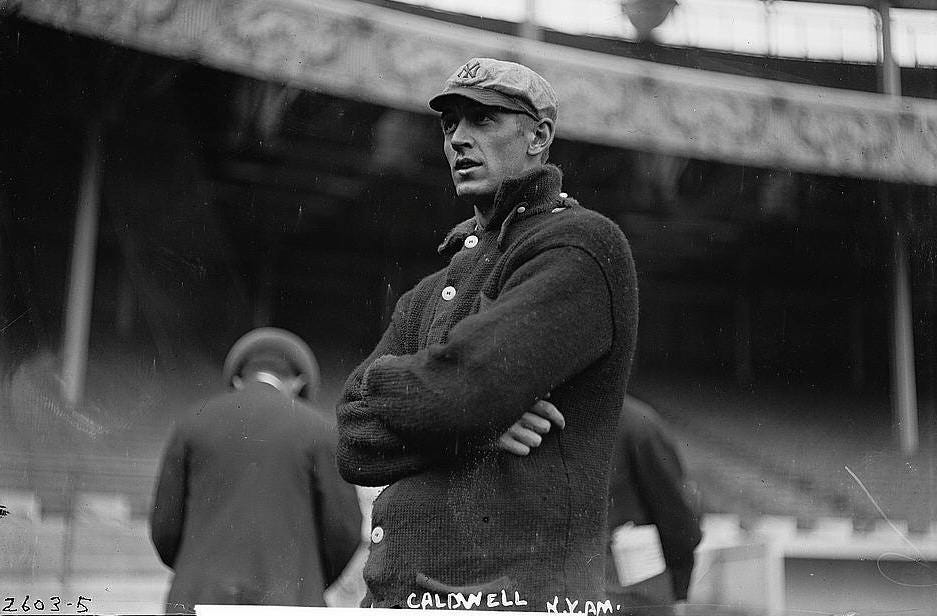
Ray Caldwell, a pitcher who had just been acquired by the Cleveland Indians (formerly known as the Cleveland Naps), was making his debut with the team. The game took place at League Park in Cleveland, Ohio, where the Indians were facing the Philadelphia Athletics.
Caldwell was on the mound in the top of the ninth inning, with the Indians leading the game. As he was pitching, a severe thunderstorm rolled in, and lightning struck the field. Miraculously, instead of causing severe harm, the lightning strike temporarily knocked Caldwell unconscious. According to some reports, it also set his hair on fire.
Teammates and spectators rushed to his aid, and after a brief delay, Caldwell regained consciousness. To the astonishment of everyone present, he insisted on finishing the game. Remarkably, he retired the next three batters in order, securing a complete-game victory for the Indians.
Caldwell's resilience and determination in the face of such a bizarre and dangerous incident earned him widespread admiration and made him a legendary figure in baseball history. This event is often cited as one of the most unusual and memorable moments in the annals of the sport.
August 25, 1983: This AAA Squad Sets a Record for Fan Attendance
The Louisville Redbirds, a Minor League Baseball team based in Louisville, Kentucky, achieved a significant milestone in 1983 by becoming the first minor league team to draw one million fans in a single season.
Drawing one million fans to a minor league baseball season was unprecedented at the time and marked a significant moment in the history of Minor League Baseball. It demonstrated the enduring appeal of baseball at the minor league level and the passion of the city’s fans.
The team continued to be a successful and popular minor league franchise in the years that followed. However, like many minor league teams, they underwent changes in affiliation, branding, and ownership over the years. In 1998, the team changed its name to the Louisville RiverBats and, eventually, to the Louisville Bats.
August 26, 1939: Baseball’s First Televised Broadcast Occurs
The first televised broadcast of a baseball game occurred on August 26, 1939, at Ebbets Field in Brooklyn, New York. This historic event marked the beginning of a new era in sports and entertainment.
The game featured a matchup between the Brooklyn Dodgers and the Cincinnati Reds.
NBC (the National Broadcasting Company) was responsible for broadcasting the game. The televised event was not nationwide; it was a regional broadcast that primarily reached viewers in the New York City area. The play-by-play commentary was provided by announcer Red Barber.
The live game was a hit, and it quickly became clear that television had the potential to revolutionize the way people experienced sports. It paved the way for the growth of televised sports coverage, which has since become a multibillion-dollar industry.
August 27, 1978: Joe Morgan Becomes the First 200/500 Player
Joe Morgan of the Cincinnati Reds hit his 200th career home run to become the first major leaguer to have 200 homers and 500 stolen bases.
Joe Morgan was a second baseman who played for several teams during his illustrious career, but he is perhaps best known for his time with the Cincinnati Reds. He was a key part of the "Big Red Machine," a dominant Reds team of the 1970s.
Joe Morgan's impressive career statistics and contributions to his teams earned him induction into the Baseball Hall of Fame in 1990. He was a two-time National League Most Valuable Player (MVP) and a ten-time All-Star, among numerous other accolades.





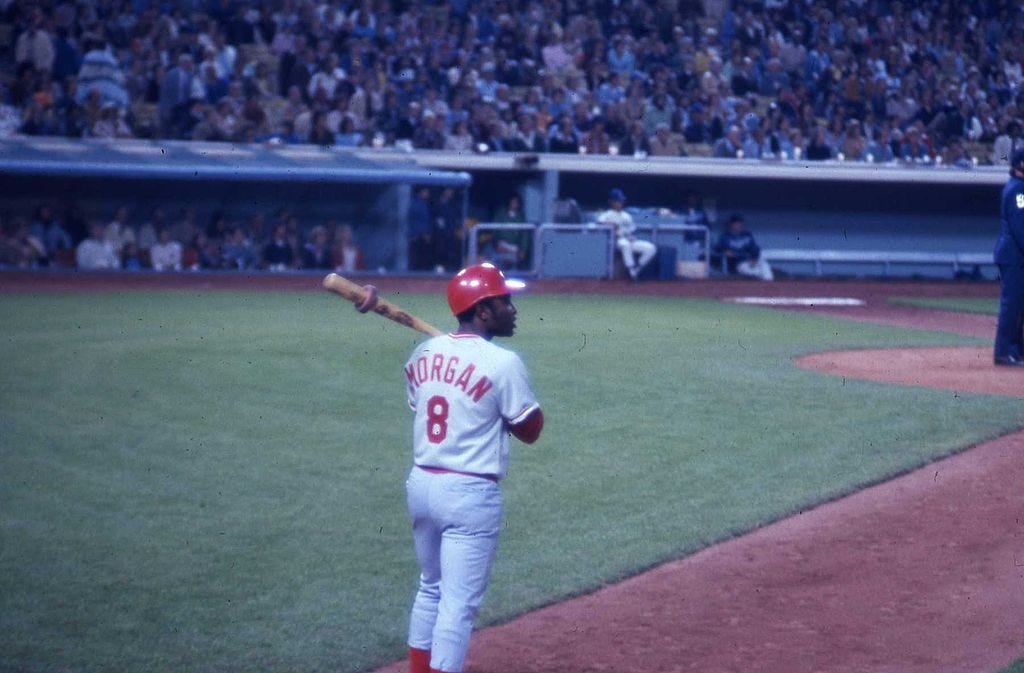
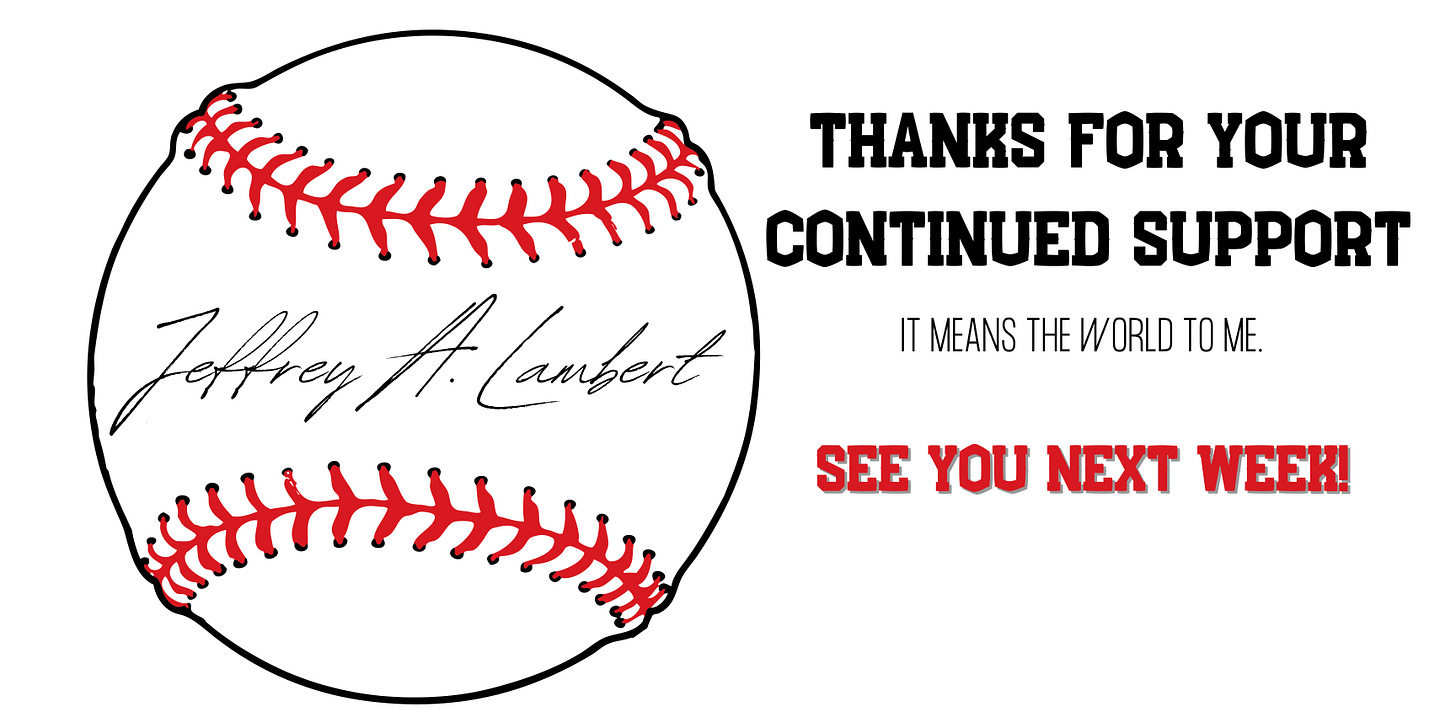



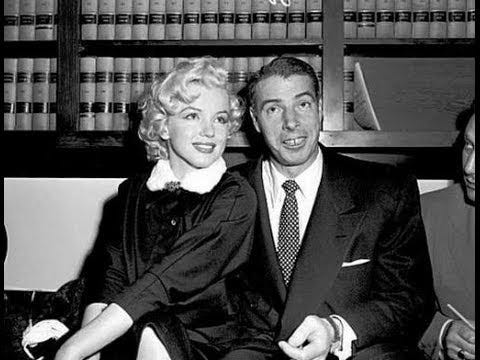
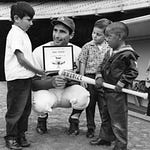

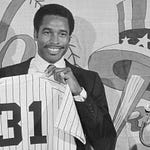
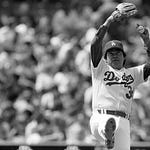

Share this post